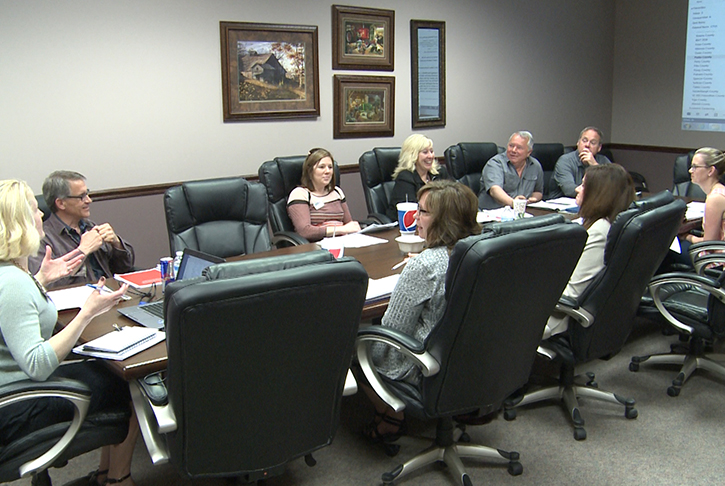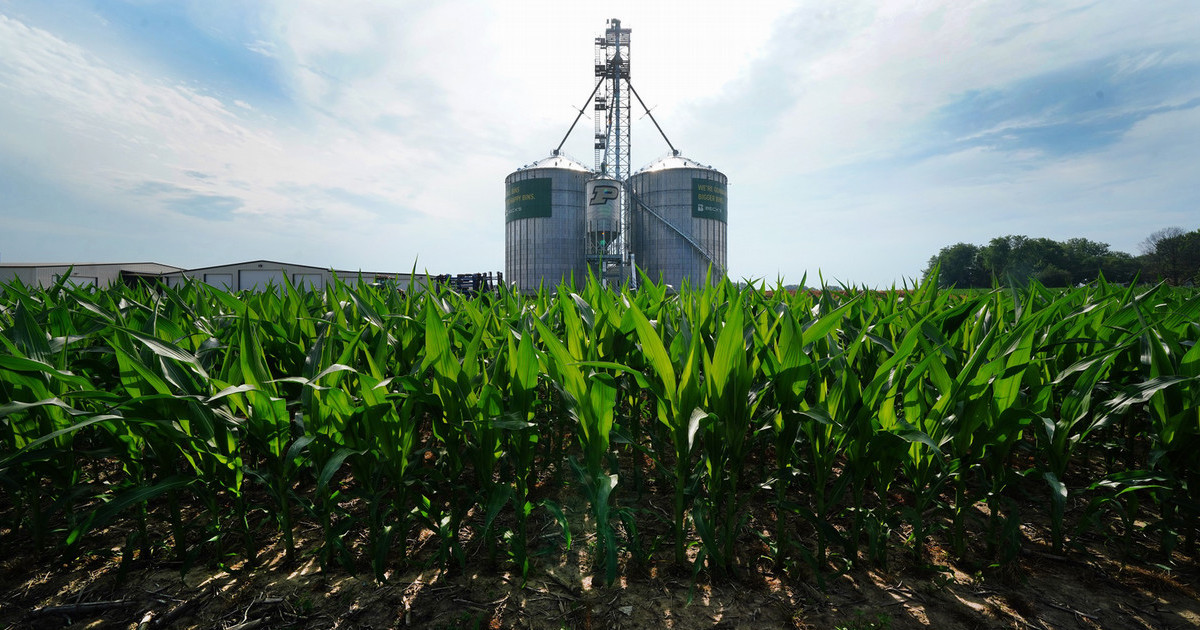Business Retention & Expansion Program Piloted in Parke County

In January 2015, Purdue’s Community Development Educators were trained by Ohio State University to implement their comprehensive, award-winning Business Retention & Expansion program. Since then, a core team of these educators along with specialists from the Purdue Center for Regional Development (PCRD) has been working on customizing the curriculum to Indiana’s unique economic landscape and each county’s interests and needs. Parke County, home of the Covered Bridge Festival, was the first county to contact Purdue to initiate a local BR&E program.
Community Development Regional Educator Heather Strohm has been leading the program there, and Director of Partnership Parke County Cyndi Todd has been very pleased with the success they’ve had thus far. “Parke County decided to pursue the Business Retention & Expansion program because we understand that our existing businesses are probably our biggest strength that we have available to us today,” says Todd. “Locally, I would say that our goals for the BR&E program are to build a stronger network for our existing businesses and for them to understand that we are here to support them.” According to PCRD Director Bo Beaulieu, research shows that existing businesses contribute 85 percent of the jobs and investment to Indiana’s communities—and the BR&E program is one of the few economic development tools being employed that acknowledges the important role they play.
Parke County has completed the first of five modules in the BR&E process (organizing the task force) and will move on June 1 to the second module (gaining community support) by carrying out a community readiness survey in conjunction with the task force and community members they have invited. “Participating in this pilot program has engaged a lot of our local leaders and other folks in the community that want to be a part of this program going forward,” says Todd, who is excited about the next three modules (gathering data, analyzing data and reporting results). “I’m intrigued about the development of the survey,” adds Todd. “Once that is developed collaboratively, it will allow us to meet with these businesses that we would like to speak to. We haven’t formalized that yet. I’ve made some visits, but this will also allow some of our other community leaders to enter that realm as well and understand what the needs of our businesses are today.”
Parke County has chosen to focus on the agribusiness industry cluster for analysis since this cluster represents the highest number of companies and jobs in the area. Their findings will be of significant interest to those involved in creating local economic development policy in Parke County as well as the affected businesses themselves and the community stakeholders they represent.


